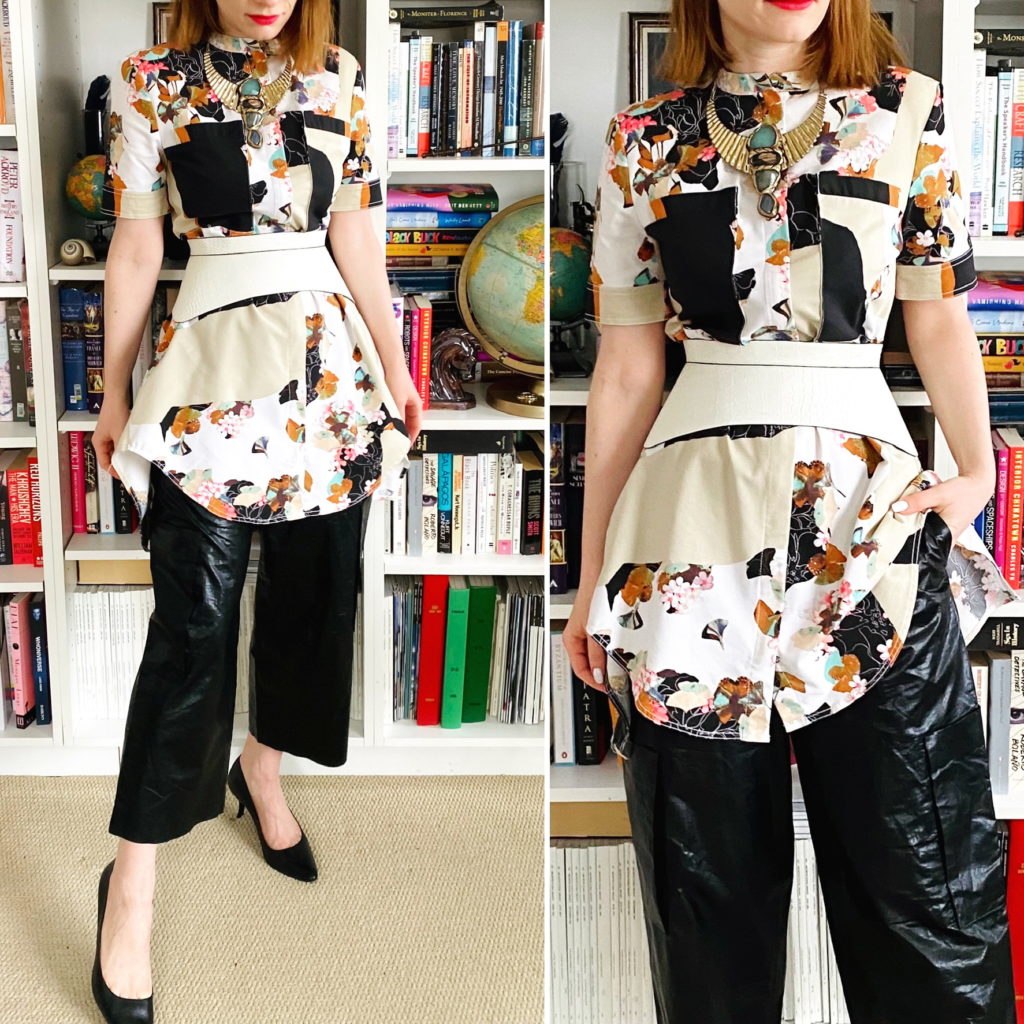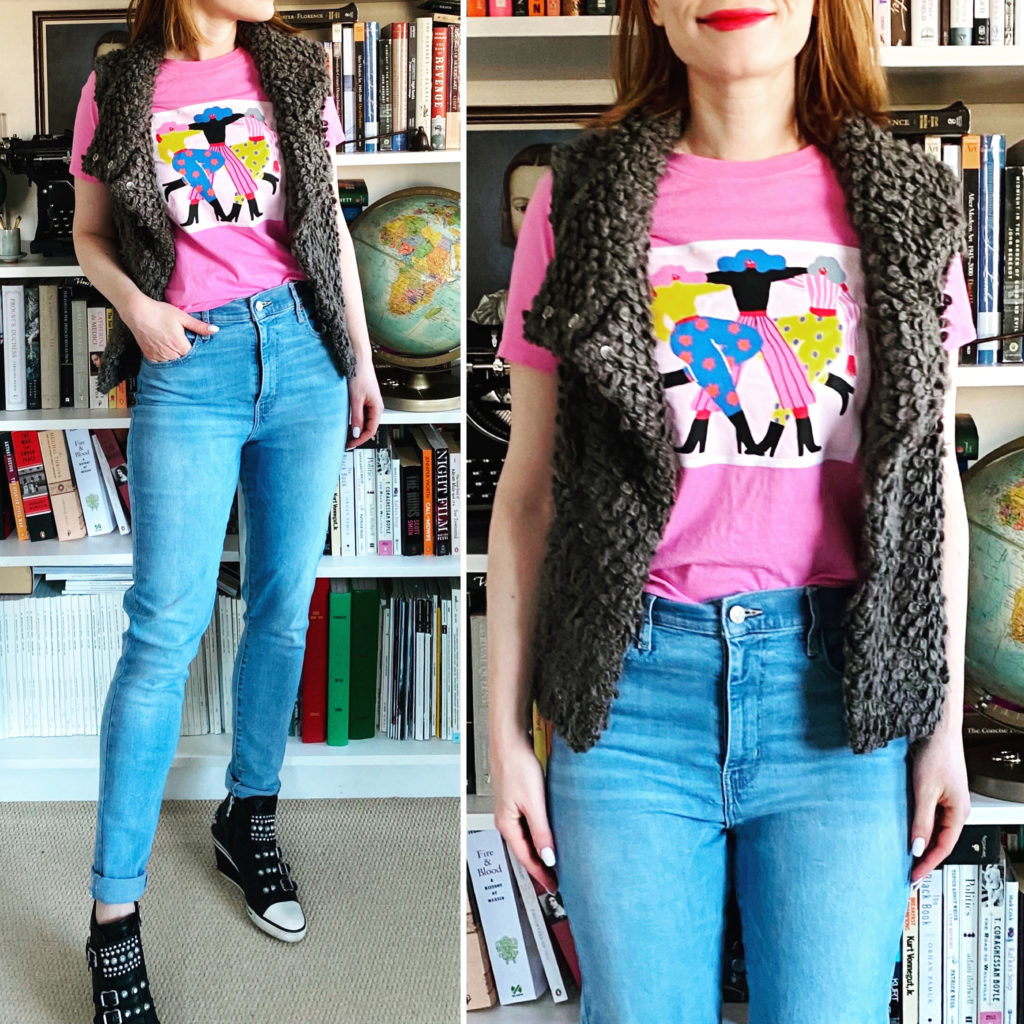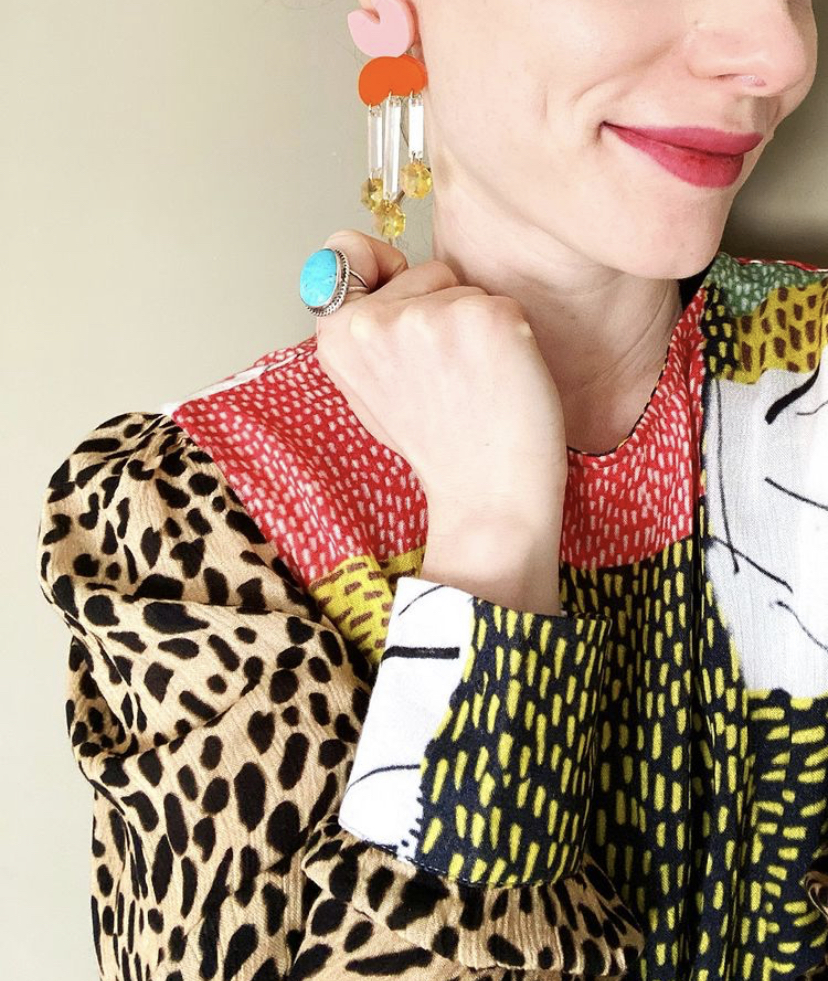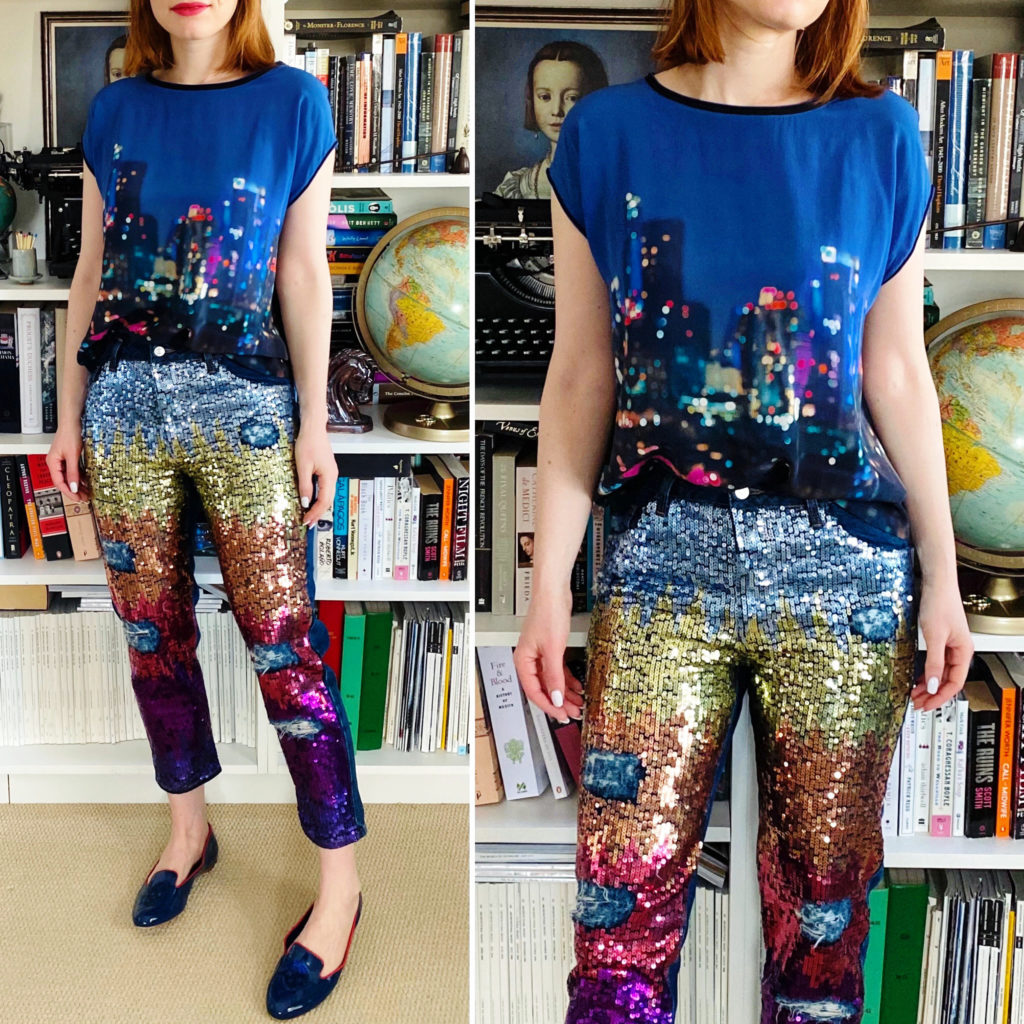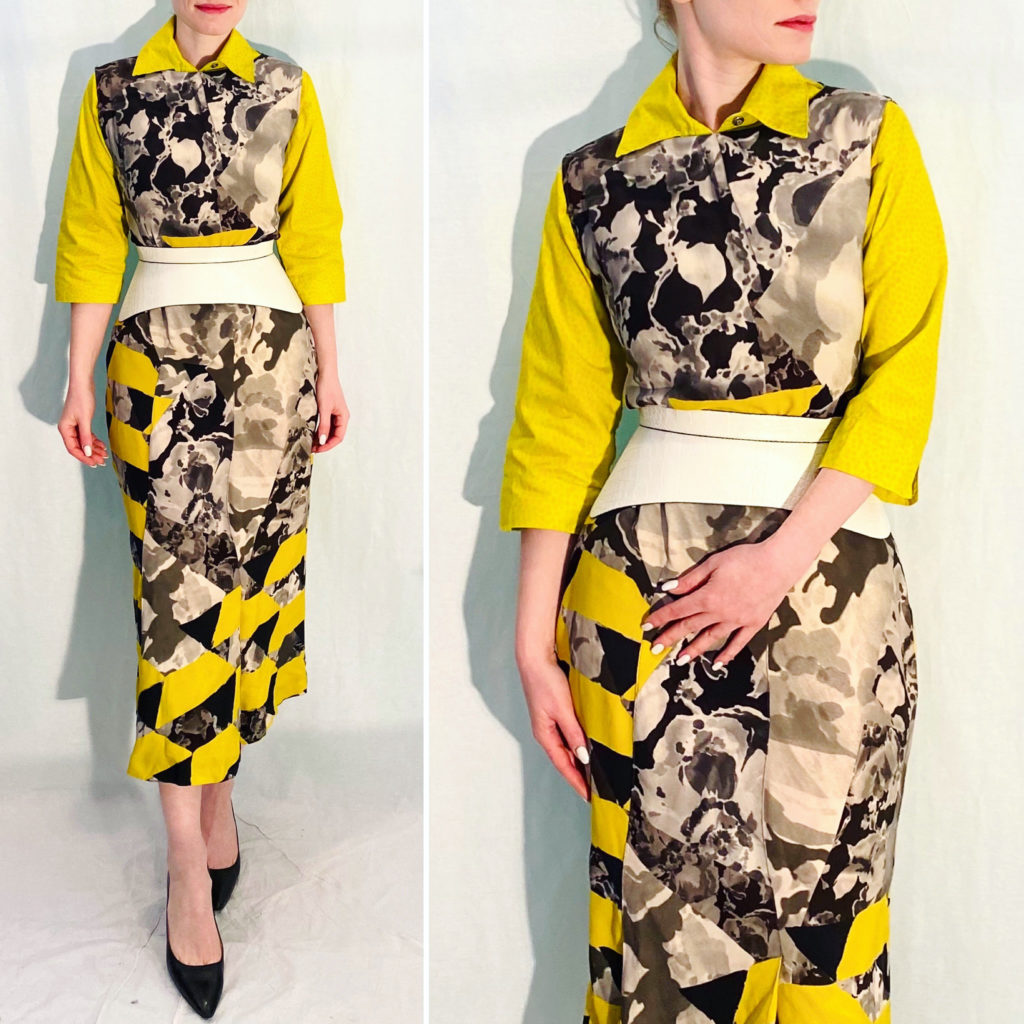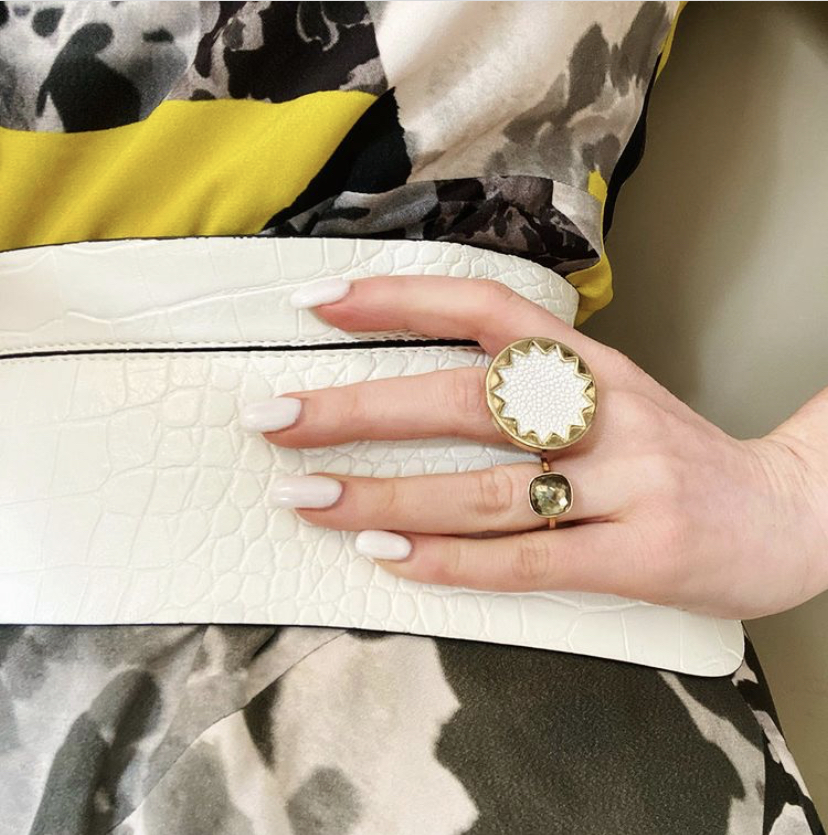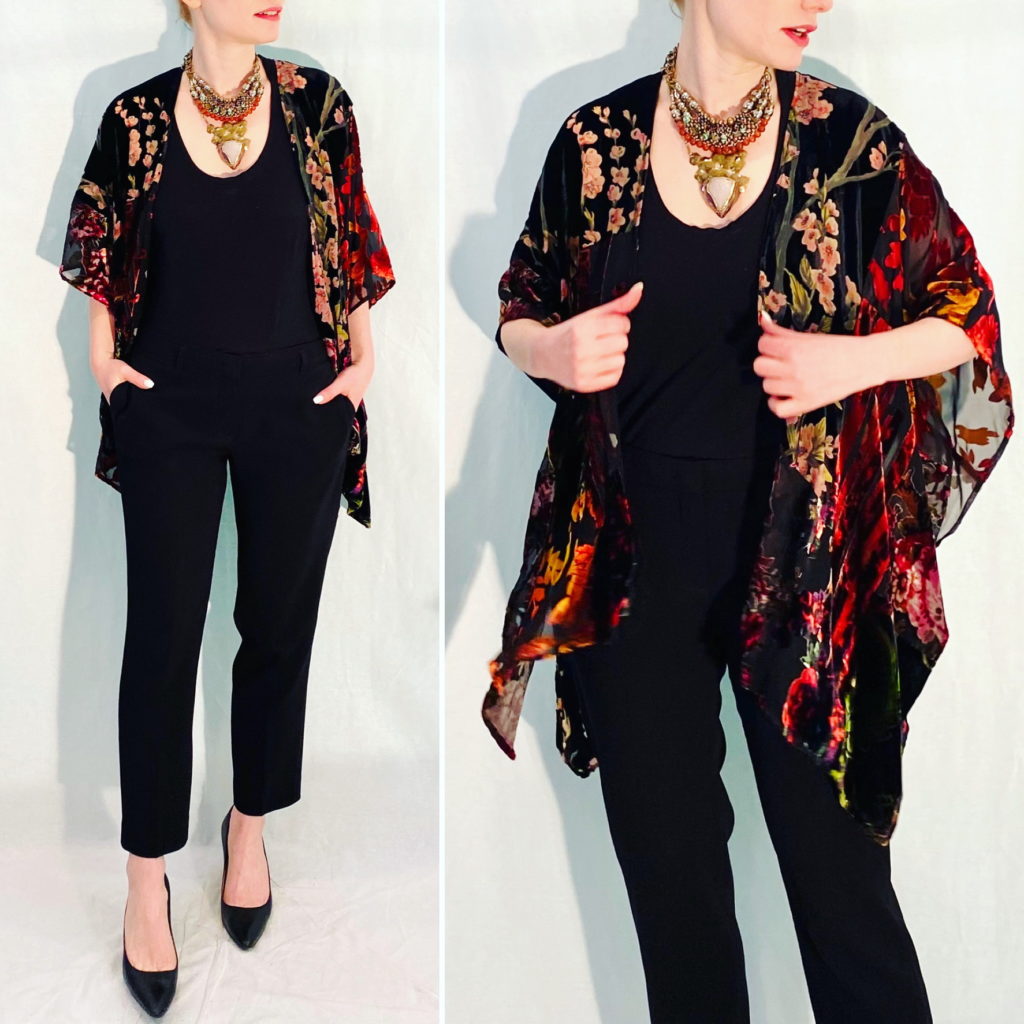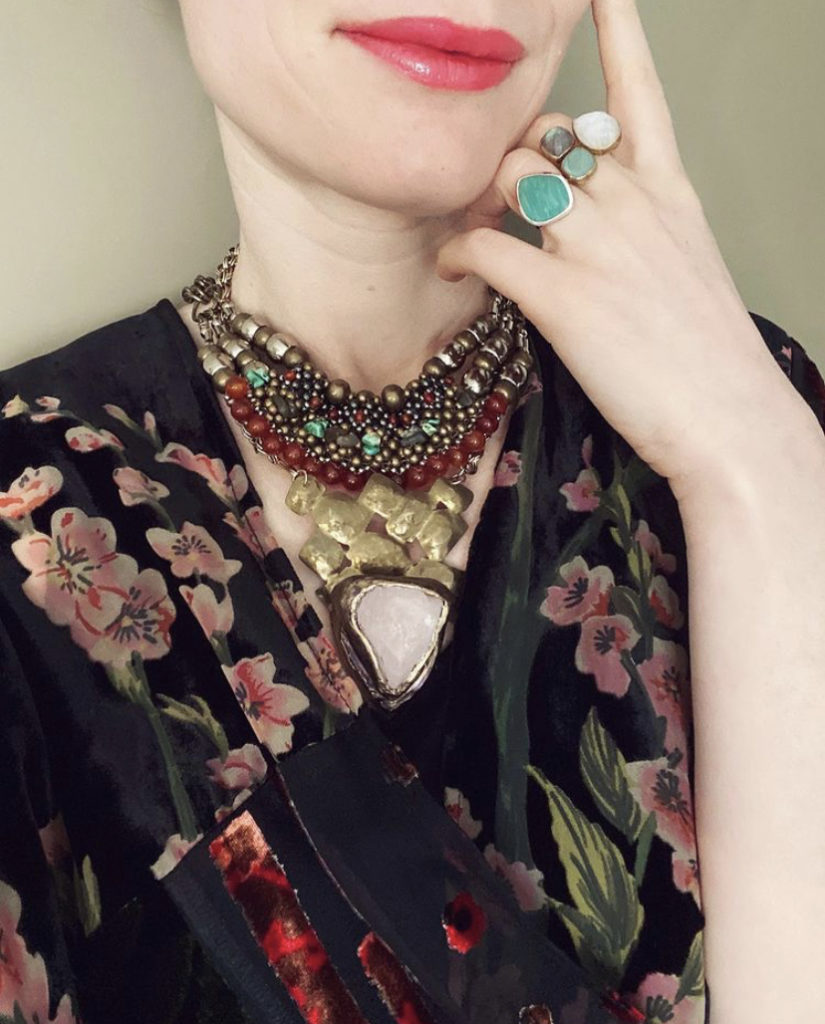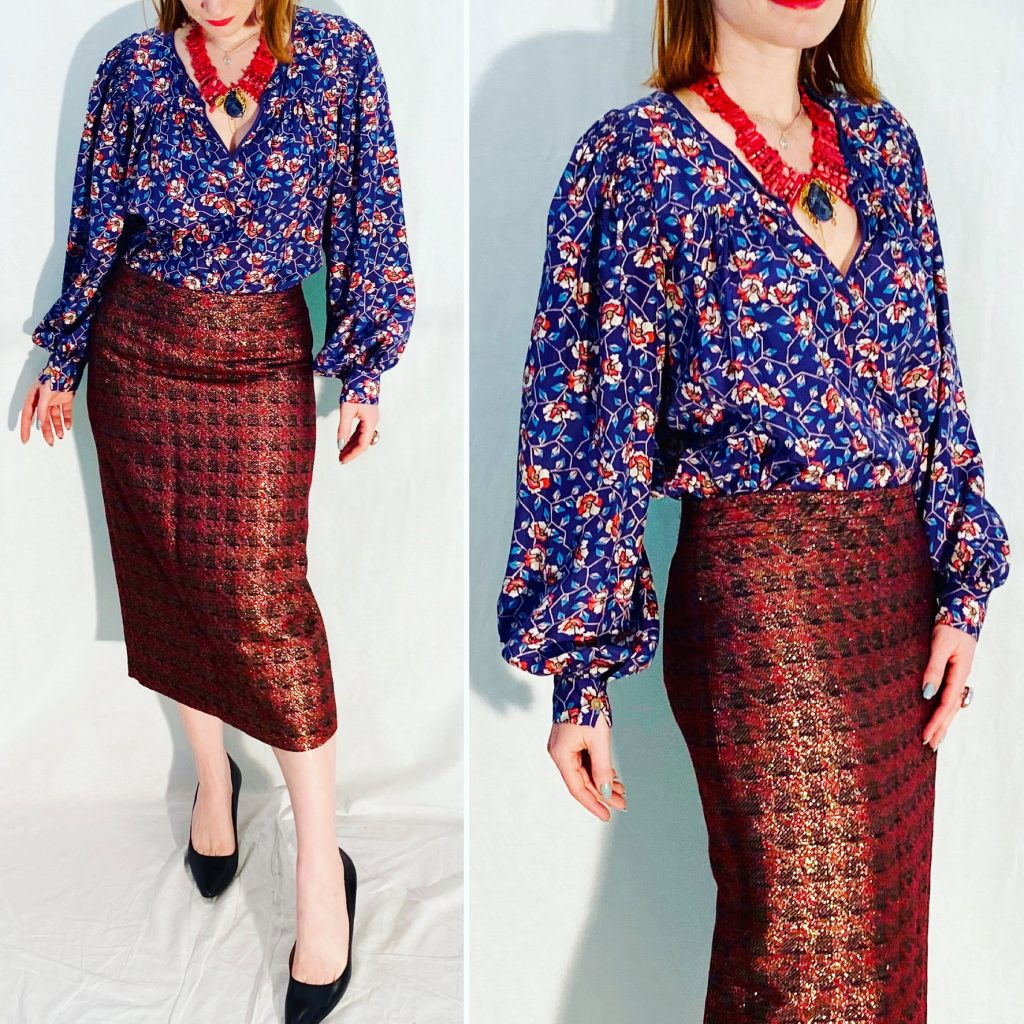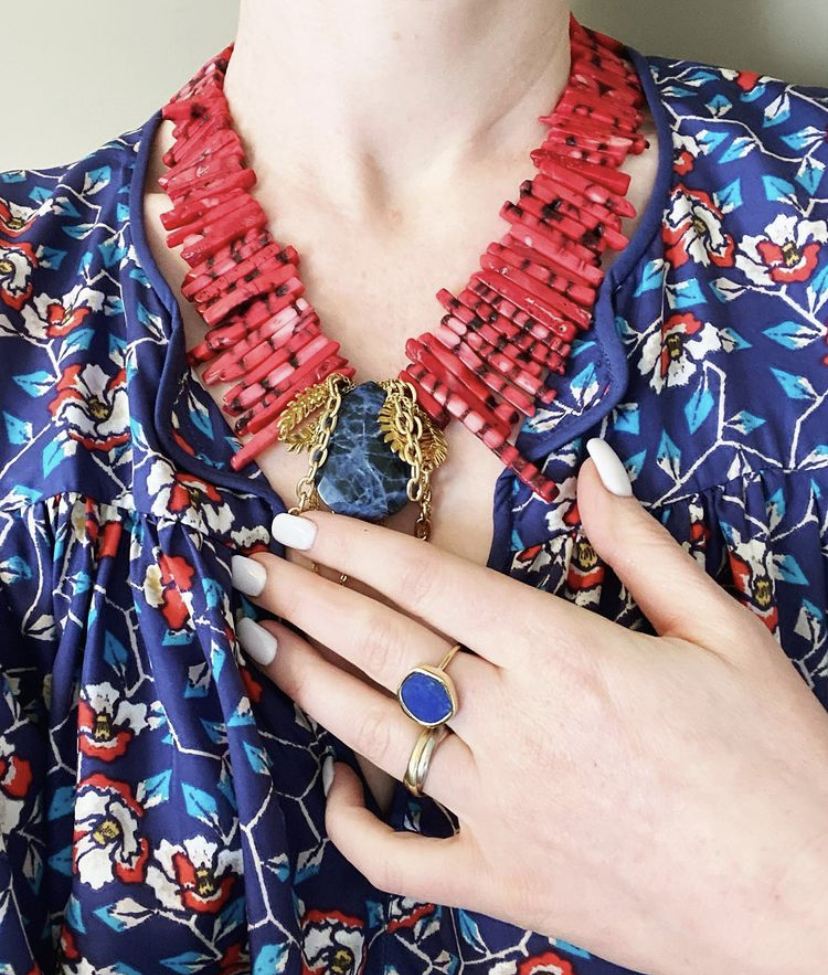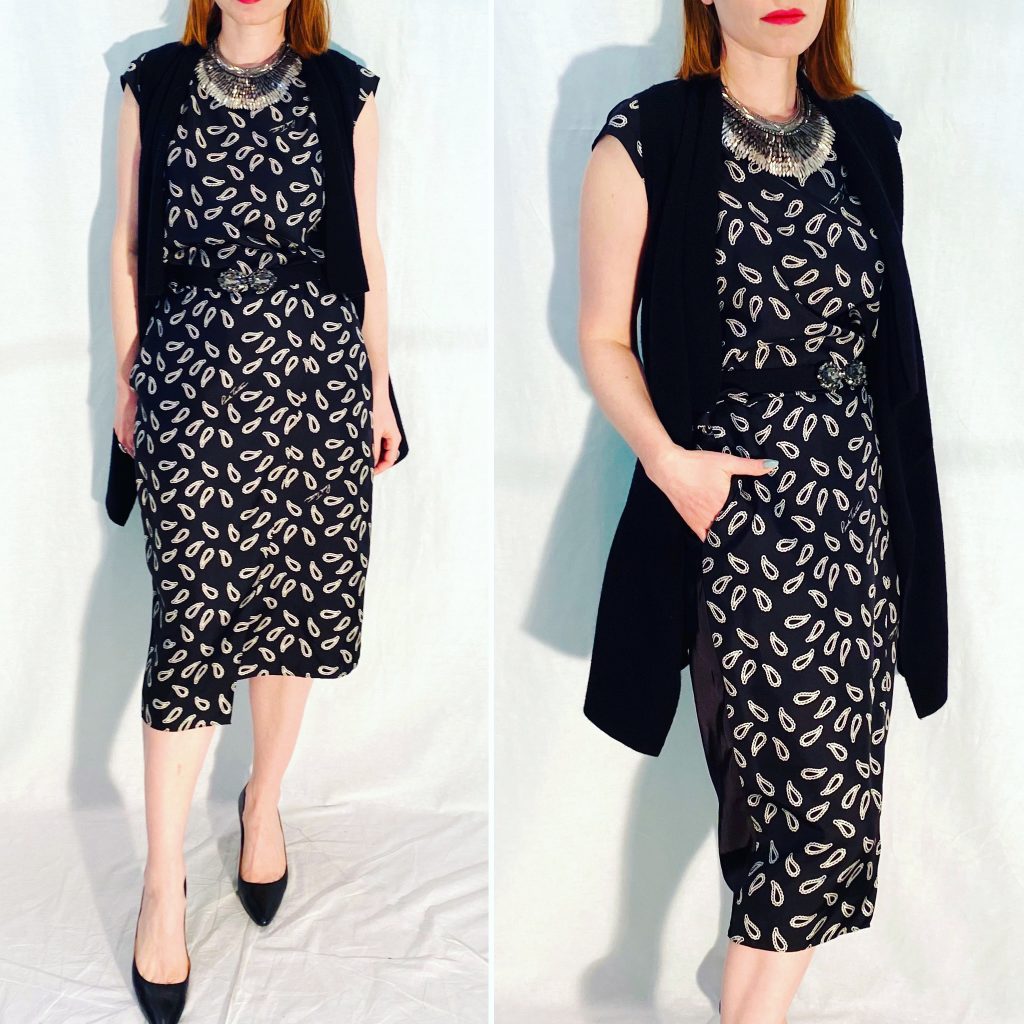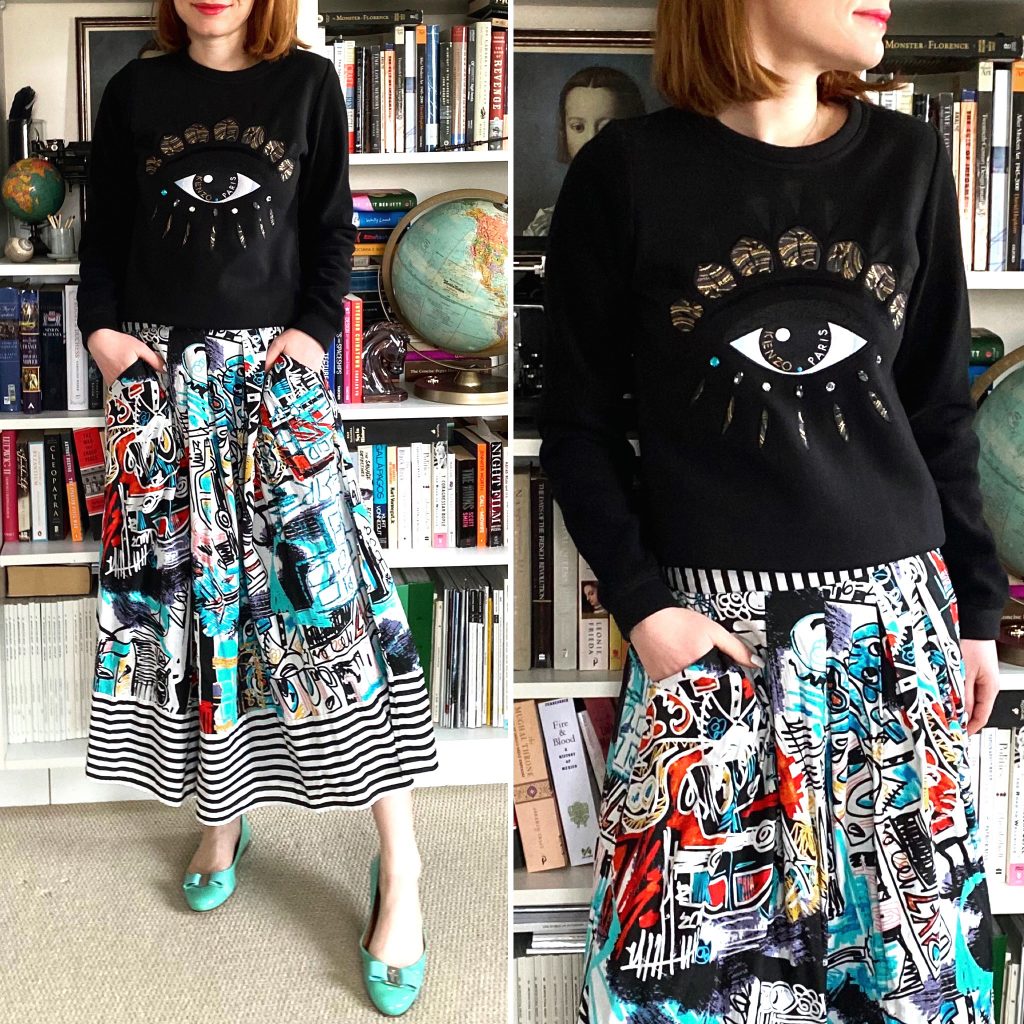Interior Chinatown – Charles Yu
Summary*: From the infinitely inventive author of How to Live Safely in a Science Fictional Universe, a deeply personal novel about race, pop culture, immigration, assimilation, and escaping the roles we are forced to play. Willis Wu doesn’t perceive himself as the protagonist in his own life: he’s merely Generic Asian Man. Sometimes he gets to be Background Oriental Making a Weird Face or even Disgraced Son, but always he is relegated to a prop. Yet every day, he leaves his tiny room in a Chinatown SRO and enters the Golden Palace restaurant, where Black and White, a procedural cop show, is in perpetual production. He’s a bit player here, too, but he dreams of being Kung Fu Guy—the most respected role that anyone who looks like him can attain. Or is it? After stumbling into the spotlight, Willis finds himself launched into a wider world than he’s ever known, discovering not only the secret history of Chinatown, but the buried legacy of his own family. Infinitely inventive and deeply personal, exploring the themes of pop culture, assimilation, and immigration—Interior Chinatown is Charles Yu’s most moving, daring, and masterful novel yet.
Comments: This was funny and poignant at the same time. It’s billed as a Hollywood satire and while some of the narrative choices fall in line with that (like use of script dialogue), I think it’s only tangentially about the movie industry, and more about identify and coming to grips with systemic and internalized racism. In light of recent events and the trend of increasing violence against the AAPI community (both in the US and Canada), I think this an incredibly timely and important discussion.
The Lying Game – Ruth Ware
Summary: On a cool June morning, Isa Wilde, a resident of the seemingly idyllic coastal village of Salten, is walking her dog along a tidal estuary. Before she can stop him, Isa’s dog charges into the water to retrieve what first appears to be a wayward stick – and to her horror, Isa discovers it’s not a stick at all…but a human bone. As her three best friends from childhood converge in Salten to comfort a seriously shaken-up Isa, terrifying discoveries are made, and their collective history slowly unravels. Tackling the slipperiness of memories, the relativity of truth, and the danger of obsessive friendships, The Lying Game is a gripping mystery with compelling characters and electric prose, resulting in a can’t-stop-listening thriller.
Comments: I don’t know why I did this to myself. After reading a previous Ruth Ware novel, I swore I wouldn’t subject myself to another one again. I wish I hadn’t. The premise has promise, but it peters out quickly.
Half of a Yellow Sun – Chimamanda Ngozi Adichie
Summary: With effortless grace, celebrated author Chimamanda Ngozi Adichie illuminates a seminal moment in modern African history: Biafra’s impassioned struggle to establish an independent republic in southeastern Nigeria during the late 1960s. We experience this tumultuous decade alongside five unforgettable characters: Ugwu, a 13-year-old houseboy who works for Odenigbo, a university professor full of revolutionary zeal; Olanna, the professor’s beautiful young mistress who has abandoned her life in Lagos for a dusty town and her lover’s charm; and Richard, a shy young Englishman infatuated with Olanna’s willful twin sister Kainene. Half of a Yellow Sun is a tremendously evocative novel of the promise, hope, and disappointment of the Biafran war.
Comments: Having read Americanah, I was prepared to fall in love with Adichie’s writing all over again. Her characters leap off the page and bury themselves in your heart. This book was no exception. What I wasn’t prepared for was the heartbreak. I didn’t know much about the Nigeria-Biafra war of the late 60s, and learning about it through the experiences of these characters was heart wrenching. I have never more desperately wished for a happy ending in a book, and I’m not giving too much away by saying that my wish didn’t wholly come true. A beautiful read.
Underland – Robert Macfarlane
Summary: Discover the hidden worlds beneath our feet…. In Underland, Robert Macfarlane takes us on a journey into the worlds beneath our feet. From the ice-blue depths of Greenland’s glaciers, to the underground networks by which trees communicate, from Bronze Age burial chambers to the rock art of remote Arctic sea-caves, this is a deep-time voyage into the planet’s past and future. Global in its geography, gripping in its voice and haunting in its implications, Underland is a work of huge range and power and a remarkable new chapter in Macfarlane’s long-term exploration of landscape and the human heart.
Comments: This was recommended to me by a follower on IG, and I loved it. It’s brilliant. Each chapter focuses on a different topic, each one deeply fascinating. At first, Macfarlane’s lyrical writing bugged me a bit, but it gets better as the book goes on and, regardless, I was hooked by the subject matter. This is a book that crosses genres — ecology, archaeology, history, art, and environmental science are all touched on — and it will have you looking at the world in new ways.
Daughters of Isis – Joyce Tyldesley
Summary: In ancient Egypt women enjoyed a legal, social and sexual independence unrivalled by their Greek or Roman sisters, or in fact by most women until the late nineteenth century. They could own and trade in property, work outside the home, marry foreigners and live alone without the protection of a male guardian. Some of them even rose to rule Egypt as ‘female kings’. Joyce Tyldesley’s vivid history of how women lived in ancient Egypt weaves a fascinating picture of daily life – marriage and the home, work and play, grooming and religion – viewed from a female perspective, in a work that is engaging, original and constantly surprising.
Comments: This one was a slow burn for me; it felt a bit too dry and academic at first, but got livelier and more interesting as it went on.
Moonflower Murders – Anthony Horowitz
Summary: Farlingaye Hall is a beautiful hotel in Suffolk on the east coast of England. Unfortunately, it is also the site of the brutal murder of Frank Parris, a retired advertising executive. Stefan Codrescu, a Romanian maintenance man, is arrested after police discover blood spatter on his clothes and bed linen. He is found guilty and sentenced to eight years in prison. It appears to be an open-and-shut case, but there is more to it than meets the eye. Alan Conway, the late author of the fictional Magpie Murders, knew Frank Parris and once visited Farlingaye Hall. Also, the third book in Conway’s detective series, Atticus Pund Takes the Cake, was based on the hotel. Cecily Treherne, the daughter of Farlingaye Hall’s owner, has read the book and believes the proof of Stefan’s innocence can be found in its pages. But now . . . Cecily Treherne has disappeared. So Conway’s former editor, Susan Ryeland, leaves her own hotel in Crete and travels to Suffolk to investigate the murder and Treherne’s disappearance. Masterfully intriguing, brilliantly clever and relentlessly suspenseful, Moonflower Murders is a deviously dark take on vintage English crime fiction in which the reader becomes the detective.
Comments: I really enjoyed this – you get two Christie-like “cozy” murder mysteries in one. Literally, two books. Don’t bother trying to figure out the connections between the two because it’s (a) both more and less obvious than you would expect, and (b) it doesn’t really matter.
Secondhand: Travels in the New Global Garage Sale – Adam Minter
Summary: Downsizing. Decluttering. Discarding. Sooner or later, all of us are faced with things we no longer need or want. But when we drop our old clothes and other items off at a local donation center, where do they go? Sometimes across the country―or even halfway across the world―to people and places who find value in what we leave behind. In Secondhand, journalist Adam Minter takes us on an unexpected adventure into the often-hidden, multibillion-dollar industry of reuse: thrift stores in the American Southwest to vintage shops in Tokyo, flea markets in Southeast Asia to used-goods enterprises in Ghana, and more. Along the way, Minter meets the fascinating people who handle―and profit from―our rising tide of discarded stuff, and asks a pressing question: In a world that craves shiny and new, is there room for it all? Secondhand offers hopeful answers and hard truths. A history of the stuff we’ve used and a contemplation of why we keep buying more, it also reveals the marketing practices, design failures, and racial prejudices that push used items into landfills instead of new homes. Secondhand shows us that it doesn’t have to be this way, and what really needs to change to build a sustainable future free of excess stuff.
Comments: As a dedicated thrift/secondhand shopper, this book was right up my alley. Some of the stuff that Minter covers was already known to me, but was still lots for me to learn. Minter writes very engagingly; it reminded me a bit of Mary Roach.
The Burgess Boys – Elizabeth Strout
Summary: Haunted by the freak accident that killed their father when they were children, Jim and Bob Burgess escaped from their Maine hometown of Shirley Falls for New York City as soon as they possibly could. Jim, a sleek, successful corporate lawyer, has belittled his bighearted brother their whole lives, and Bob, a Legal Aid attorney who idolizes Jim, has always taken it in stride. But their long-standing dynamic is upended when their sister, Susan—the Burgess sibling who stayed behind—urgently calls them home. Her lonely teenage son, Zach, has gotten himself into a world of trouble, and Susan desperately needs their help. And so the Burgess brothers return to the landscape of their childhood, where the long-buried tensions that have shaped and shadowed their relationship begin to surface in unexpected ways that will change them forever. With a rare combination of brilliant storytelling, exquisite prose, and remarkable insight into character, Elizabeth Strout has brought to life two deeply human protagonists whose struggles and triumphs will resonate with readers long after they turn the final page. Tender, tough-minded, loving, and deeply illuminating about the ties that bind us to family and home, The Burgess Boys is Elizabeth Strout’s newest and perhaps most astonishing work of literary art.
Comments: I didn’t like this as much as Olive Kitteridge, Strout’s other book. The characters were, by and large quite, unlikable and I wasn’t sufficiently invested in them to really care about what happened. However, Strout is a great writer, so her prose carried me through and I did finish it (though was tempted to DNF it at times).
Station Eleven -Emily St. John Mandel
Summary: One snowy night, a famous Hollywood actor dies onstage during a production of King Lear. Hours later, the world as we know it begins to dissolve. Moving back and forth in time—from the actor’s early days as a film star to fifteen years in the future, when a theatre troupe known as the Travelling Symphony roams the wasteland of what remains—this suspenseful, elegiac, spellbinding novel charts the strange twists of fate that connect five people: the actor, the man who tried to save him, the actor’s first wife, his oldest friend and a young actress with the Travelling Symphony caught in the crosshairs of a dangerous self-proclaimed prophet. Sometimes terrifying, sometimes tender, Station Eleven tells a story about the relationships that sustain us, the ephemeral nature of fame and the beauty of the world as we know it.
Comments: Absolutely wonderful. I still feel like Glass Hotel is my fave novel by the author, but this was a great read even in a pandemic (not ideal timing, given the subject matter). Like Glass Hotel, it’s a hard novel to summarize in terms of themes – it really is about life, and the strange connections that bring us together, connect us, or tear us apart.
Parable of the Sower – Octavia Butler
Summary: When global climate change and economic crises lead to social chaos in the early 2020s, California becomes full of dangers, from pervasive water shortage to masses of vagabonds who will do anything to live to see another day. Fifteen-year-old Lauren Olamina lives inside a gated community with her preacher father, family, and neighbors, sheltered from the surrounding anarchy. In a society where any vulnerability is a risk, she suffers from hyperempathy, a debilitating sensitivity to others’ emotions. Precocious and clear-eyed, Lauren must make her voice heard in order to protect her loved ones from the imminent disasters her small community stubbornly ignores. But what begins as a fight for survival soon leads to something much more: the birth of a new faith . . . and a startling vision of human destiny.
Comments: Another less-than-ideal choice for reading during the pandemic, but a fantastic read. It did scare the crap out of me because it’s such a plausible and terrifying glimpse into what our not-so-distant future might look like if we keep going down the same path (climate change, income inequality, racism, etc.).
Black Buck – Mateo Askaripour
Summary: There’s nothing like a Black salesman on a mission. An unambitious twenty-two-year-old, Darren lives in a Bed-Stuy brownstone with his mother, who wants nothing more than to see him live up to his potential as the valedictorian of Bronx Science. But Darren is content working at Starbucks in the lobby of a Midtown office building, hanging out with his girlfriend, Soraya, and eating his mother’s home-cooked meals. All that changes when a chance encounter with Rhett Daniels, the silver-tongued CEO of Sumwun, NYC’s hottest tech startup, results in an exclusive invitation for Darren to join an elite sales team on the thirty-sixth floor. After enduring a “hell week” of training, Darren, the only Black person in the company, reimagines himself as “Buck,” a ruthless salesman unrecognizable to his friends and family. But when things turn tragic at home and Buck feels he’s hit rock bottom, he begins to hatch a plan to help young people of color infiltrate America’s sales force, setting off a chain of events that forever changes the game. Black Buck is a hilarious, razor-sharp skewering of America’s workforce; it is a propulsive, crackling debut that explores ambition and race, and makes way for a necessary new vision of the American dream.
Comments: I wanted to love this book, but I only liked it. It’s wickedly funny. But I didn’t connect with the narrative framework; the story is presented as a sort of self-help book, aimed at teaching how to sell. And that was my issue: the idea of selling makes me curl in a ball of overwhelming anxiety. The job that Darren ends up pursuing is, quite apart from the racism he encounters as a Black man, my worst nightmare. So I simply couldn’t relax long enough to enjoy the book properly as I read it, because every page brought forth a fresh wave of anxiety for me.
From Splendour to Revolution: Romanov Women, 1847-1928 – Julia P Gelardi
Summary: The early 1850s until the late 1920s marked a turbulent and significant era for Russia. During that time the country underwent a massive transformation, taking it from days of grandeur under the tsars to the chaos of revolution and the beginnings of the Soviet Union. At the center of all this tumult were four women of the Romanov dynasty. Marie Alexandrovna and Olga Constantinovna were born into the family, Russian Grand Duchesses at birth. Marie Feodorovna and Marie Pavlovna married into the dynasty, the former born a Princess of Denmark, the latter a Duchess of the German duchy of Mecklendburg-Schwerin. In From Splendor to Revolution, we watch these pampered aristocratic women fight for their lives as the cataclysm of war engulfs them. In a matter of a few short years, they fell from the pinnacle of wealth and power to the depths of danger, poverty, and exile. It is an unforgettable epic story.
Comments: Technically a re-read for me, it’s an enjoyable biography of some of the key Romanov women of the last 3 generations before the fall of the monarchy in Russia.
The Vanishing Half – Brit Bennett
Summary: The Vignes twin sisters will always be identical. But after growing up together in a small, southern black community and running away at age sixteen, it’s not just the shape of their daily lives that is different as adults, it’s everything: their families, their communities, their racial identities. Many years later, one sister lives with her black daughter in the same southern town she once tried to escape. The other secretly passes for white, and her white husband knows nothing of her past. Still, even separated by so many miles and just as many lies, the fates of the twins remain intertwined. What will happen to the next generation, when their own daughters’ storylines intersect? Weaving together multiple strands and generations of this family, from the Deep South to California, from the 1950s to the 1990s, Brit Bennett produces a story that is at once a riveting, emotional family story and a brilliant exploration of the American history of passing. Looking well beyond issues of race, The Vanishing Half considers the lasting influence of the past as it shapes a person’s decisions, desires, and expectations, and explores some of the multiple reasons and realms in which people sometimes feel pulled to live as something other than their origins.
Comments: Loved this. It was bittersweet in parts, but the characters were memorable and the story hooked me right from the start.
Daughters of the Winter Queen – Nancy Goldstone
Summary: From the great courts, glittering palaces, and war-ravaged battlefields of the seventeenth century comes the story of four spirited sisters and their glamorous mother, Elizabeth Stuart, granddaughter of the martyred Mary, Queen of Scots. Upon her father’s ascension to the illustrious throne of England, Elizabeth Stuart was suddenly thrust from the poverty of unruly Scotland into the fairytale existence of a princess of great wealth and splendor. When she was married at sixteen to a German count far below her rank, it was with the understanding that her father would help her husband achieve the kingship of Bohemia. The terrible betrayal of this commitment would ruin “the Winter Queen,” as Elizabeth would forever be known, imperil the lives of those she loved and launch a war that would last for thirty years. Forced into exile, the Winter Queen and her family found refuge in Holland, where the glorious art and culture of the Dutch Golden Age indelibly shaped her daughters’ lives. Her eldest, Princess Elizabeth, became a scholar who earned the respect and friendship of the philosopher Descartes. Louisa was a gifted painter whose engaging manner and appealing looks provoked heartache and scandal. Beautiful Henrietta Maria would be the only sister to marry into royalty, although at great cost. But it was the youngest, Sophia, a heroine in the tradition of a Jane Austen novel, whose ready wit and good-natured common sense masked immense strength of character, who fulfilled the promise of her great-grandmother Mary and reshaped the British monarchy, a legacy that endures to this day.
Comments: Loved this glimpse at an era and historical figures that were less familiar to me. Nancy Goldstone is one of my fave historical non-fiction writers, and the subject matter here offered a rich vein of material for her pen. It was particularly interesting to learn more about the advent of the Hanoverian branch of the British royal family (who inherited the throne through the youngest daughter of Elizabeth Stuart, one of the more tragic figures in the Stuart’s history).
Braiding Sweetgrass – Robin Wall Kimmerer
Summary: Drawing on her life as an indigenous scientist, and as a woman, Kimmerer shows how other living beings—asters and goldenrod, strawberries and squash, salamanders, algae, and sweetgrass—offer us gifts and lessons, even if we’ve forgotten how to hear their voices. In reflections that range from the creation of Turtle Island to the forces that threaten its flourishing today, she circles toward a central argument: that the awakening of ecological consciousness requires the acknowledgment and celebration of our reciprocal relationship with the rest of the living world. For only when we can hear the languages of other beings will we be capable of understanding the generosity of the earth, and learn to give our own gifts in return.
Comments: Part memoir, part nature book, part manifesto for a different, deeper and more meaningful relationship with our environment – this is one of the most engaging and tenderest books you’ll ever read. Highly recommended.
The Hunting Party – Lucy Foley
Summary: Everyone’s invited…everyone’s a suspect… During the languid days of the Christmas break, a group of thirtysomething friends from Oxford meet to welcome in the New Year together, a tradition they began as students ten years ago. For this vacation, they’ve chosen an idyllic and isolated estate in the Scottish Highlands—the perfect place to get away and unwind by themselves. The trip begins innocently enough: admiring the stunning if foreboding scenery, champagne in front of a crackling fire, and reminiscences about the past. But after a decade, the weight of secret resentments has grown too heavy for the group’s tenuous nostalgia to bear. Amid the boisterous revelry of New Year’s Eve, the cord holding them together snaps, just as a historic blizzard seals the lodge off from the outside world. Two days later, on New Year’s Day, one of them is dead. . . and another of them did it. Keep your friends close, the old adage says. But how close is too close?
Comments: This is basically the same book at Foley’s The Guest List, except with a different setting and characters. Please don’t mistake me: I enjoyed the heck out of it. Fun, fast, beachy read.
Anxious People – Fredrik Backman
Summary: Viewing an apartment normally doesn’t turn into a life-or-death situation, but this particular open house becomes just that when a failed bank robber bursts in and takes everyone in the apartment hostage. As the pressure mounts, the eight strangers begin slowly opening up to one another and reveal long-hidden truths. First is Zara, a wealthy bank director who has been too busy to care about anyone else until tragedy changed her life. Now, she’s obsessed with visiting open houses to see how ordinary people live—and, perhaps, to set an old wrong to right. Then there’s Roger and Anna-Lena, an Ikea-addicted retired couple who are on a never-ending hunt for fixer-uppers to hide the fact that they don’t know how to fix their own failing marriage. Julia and Ro are a young lesbian couple and soon-to-be parents who are nervous about their chances for a successful life together since they can’t agree on anything. And there’s Estelle, an eighty-year-old woman who has lived long enough to be unimpressed by a masked bank robber waving a gun in her face. And despite the story she tells them all, Estelle hasn’t really come to the apartment to view it for her daughter, and her husband really isn’t outside parking the car. As police surround the premises and television channels broadcast the hostage situation live, the tension mounts and even deeper secrets are slowly revealed. Before long, the robber must decide which is the more terrifying prospect: going out to face the police, or staying in the apartment with this group of impossible people. Rich with Fredrik Backman’s “pitch-perfect dialogue and an unparalleled understanding of human nature” (Shelf Awareness), Anxious People’s whimsical plot serves up unforgettable insights into the human condition and a gentle reminder to be compassionate to all the anxious people we encounter every day.
Comments: I didn’t know anything about this book when I picked it up at the thrift store; the title seemed vaguely familiar so I thought it might be a bestseller. I’m glad I went into it “blind” so to speak because (a) it’s not the kind of book I would normally read, and (b) it charmed me anyway. It’s the book version of one of those feel-good movies starring Tom Hanks. I’m normally a cynic who hates those movies, but I liked this book in spite of that. If you need something to cheer you up, read it.
Bright Young People – D. J. Taylor
Summary: Before the media circus of Britney, Paris, and our modern obsession with celebrity, there were the Bright Young People, a voraciously pleasure-seeking band of bohemian party-givers and blue-blooded socialites who romped through the gossip columns of 1920s London. Evelyn Waugh immortalized their slang, their pranks, and their tragedies in his novels, and over the next half century, many—from Cecil Beaton to Nancy Mitford and John Betjeman—would become household names. But beneath the veneer of hedonism and practical jokes was a tormented generation, brought up in the shadow of war. Sparkling talent was too often brought low by alcoholism and addiction. Drawing on the virtuosic and often wrenching writings of the Bright Young People themselves, the biographer and novelist D. J. Taylor has produced an enthralling account of an age of fleeting brilliance.
Comments: The Bright Young People (and their era) is something of a pet topic of mine – I love reading about their world and their escapades. If you enjoy stuff like Downton Abbey and reading Vanity Fair articles about rich aristos having scandals, you probably need to meet the Bright Young People. I would also recommend the movie “Bright Young Things”, loosely inspired by Evelyn Waugh’s Vile Bodies, which is a delight and full of British actors you will likely recognize.
*** Summaries are copied from Amazon because I’m the worst at summarizing books.

